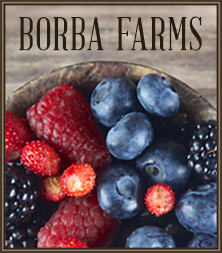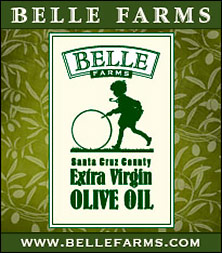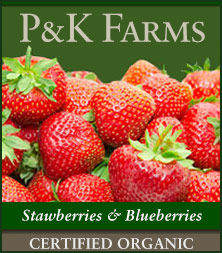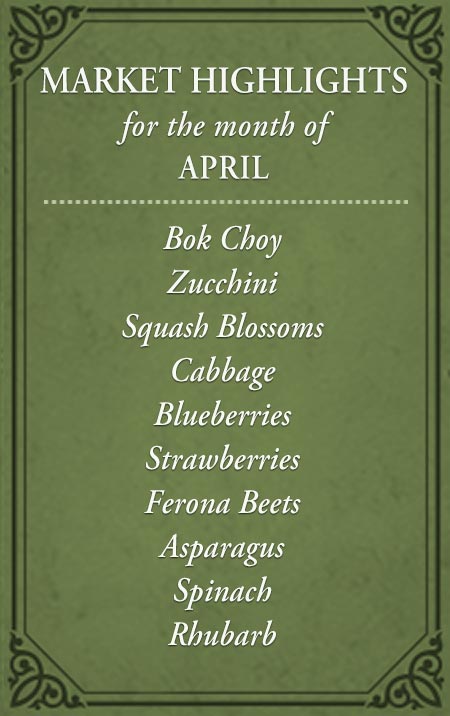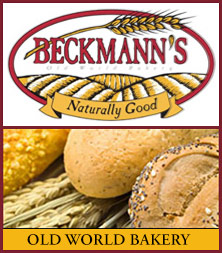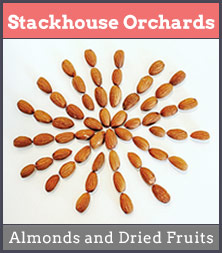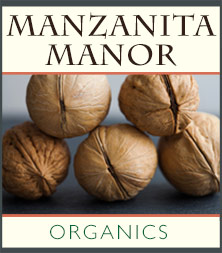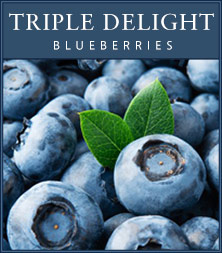Summer squash are another New World food with deep culinary history. Zucchini—originally known as cocozelle in Italy—were bred there and brought to the United States by immigrants. By the 1920s, the Tuscan name zucchini became the word we use today.
How to Purchase and Store Summer Squash
- Choose wisely: Look for squash that feel dense and heavy for their size. They should be firm, never spongy.
- Check the scar: At the blossom end of the squash, you’ll see a small circular scar. The whiter it appears, the fresher the squash.
- Avoid damage: Steer clear of bruised or cut squash. (Cousa varieties often have light skin spotting, but this does not affect the flesh.)
- Storage: If not using right away, store squash in plastic bags or tubs lined with paper towels. Too much condensation will cause quick spoilage.
- Blossoms: Use squash blossoms within a day or two. To extend freshness, place them in a paper towel–lined container inside a sealed plastic bag.
- Temperature matters: Keep both fruit and blossoms in a cool—but not the coldest—part of the refrigerator. Extreme cold can damage them.
Summer Squash Flavors
Each variety has its own character:
- Zucchini: Stronger flavor with a slight bitterness.
- Yellow squash (Butterstick): A little sweeter; stays firmer longer when cooked.
- Pale green Cousa: Nutty, lightly sweet, with a firm texture.
- Costata Romanesca: Striped and ridged; nutty, sweet, firm texture, and a prized “squash-forward” flavor.
- Crookneck: Buttery, nutty quality but can turn mushy quickly—watch cooking time. Older “warty” types are sweeter, with crunchy skin, and were once common in Native American and early colonial diets (even grown by Thomas Jefferson).
- Pattypan: Similar in flavor to zucchini and yellow squash, but more perishable. Unless purchased very fresh at a farmers market, they may lack flavor and firmness. Tip: Look for Scallopini, a pattypan-zucchini hybrid prized for its flavor and texture.
Prepping Squash
Wash well: Squash can be dusty and may have a fine, fuzzy coating that should be removed.
Cutting styles:
- Zucchini types: oblique cuts for braises, thick diagonals for grilling, chunks for sautéing.
- For grilling: halve lengthwise and score the surface to allow oil and seasonings to penetrate. Longer pieces are easier to handle on the grill.
- Use a mandolin for thin ribbons or strands to make “squash pasta.”
- Pattypan: cut into wedges or scoop the centers with a melon baller for stuffing.
- Crookneck: halve lengthwise before cutting into uniform pieces.
Blossoms: Remove the tough calyx if present; stigma removal is optional. Handle gently if keeping them whole, or shred for soups, quesadillas, or stuffing.
Methods for Cooking Squash
- Dry sauté: Brown squash first, then add a splash (1–2 ounces) of liquid and cover. This creates steam to finish cooking without stewing.
- Marinating: Coat with seasoned oil for flavor without breaking down the flesh. If using acidic liquids (lemon juice, wine), use sparingly and briefly, or combine with oil.
- Salting: Like eggplant, squash can be salted to draw out moisture. This softens them without cooking—perfect for raw preparations like Summer Squash Carpaccio or to prep before grilling.







